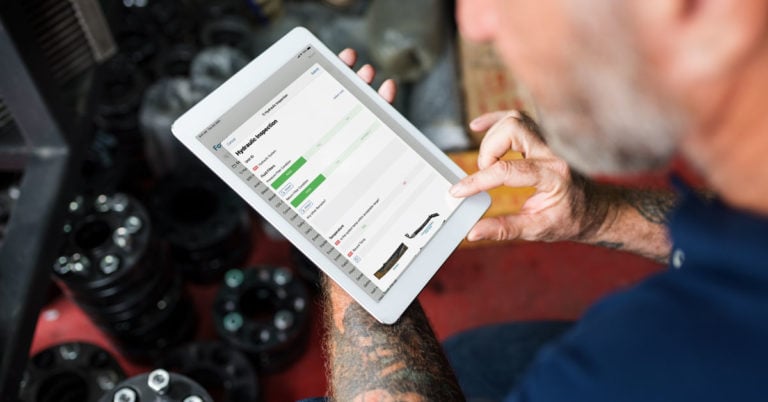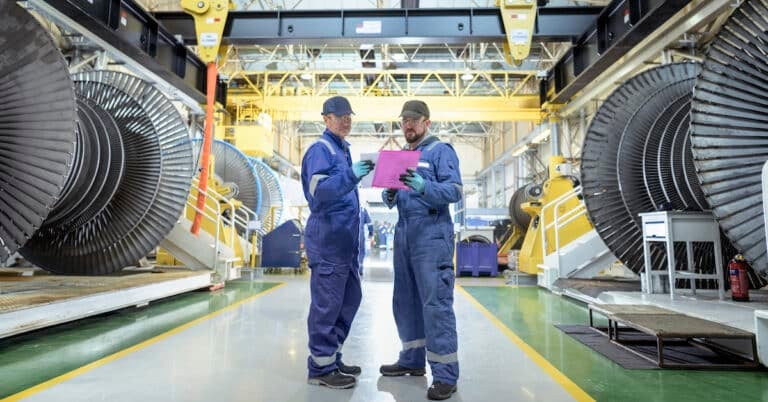Lubrication is often seen as a necessary evil in the industrial world. It’s messy, it’s repetitive, and it’s never fun to deal with. However, lubrication is an essential part of keeping your machines and your business running smoothly. Here’s a look at how you can use lubrication management to improve the reliability of your machines.
What is Lubrication Reliability?
Lubrication reliability is the ability of a lubricant to perform its required function under specified conditions for a given period. It is also a process of ensuring that machinery is lubricated to run smoothly and efficiently. The process of lubrication management is vital to many industries as it helps to prolong the life of machinery, reduces wear and tear, and prevents breakdowns.
That’s where reliability comes in. Unexpected equipment failures can lead to costly downtime as well as lost production. In some circumstances, it may even be necessary to shut down the entire operation to make repairs. By maintaining proper lubrication levels and monitoring the condition of the lubricant, companies can help prevent these unexpected failures from occurring.
Nowadays, industrial maintenance discussions revolve primarily around plant and equipment reliability. A lot of people don’t realize that reliability is at the core of other common goals and strategies, including world-class maintenance, asset efficiency, predictive maintenance, lean manufacturing, and total productive maintenance. Whatever companies call it, the objective is fundamentally the same: increasing asset reliability.
The Benefits of Improving Reliability
When implemented appropriately, reliability is a maintenance strategy that lowers maintenance costs, reduces the overall cost of production, and improves equipment uptime.
How Lubrication Management Improves Reliability
First, by preventing component wear and tear, lubrication management systems can help extend the life of components. Second, lubrication management systems can maximize the machine’s performance and help reduce downtime due to unexpected failures. Third, by reducing contamination levels, lubrication management systems can further reduce the likelihood of unplanned maintenance tasks. Also, proper lubrication can improve energy efficiency, which reduces operating costs. Well-lubricated machinery will require less power to operate appropriately. Studies have shown that just a 1% drop in oil level can result in a 3% loss in energy efficiency. Even a slight improvement in energy efficiency has a substantial impact on the bottom line for companies.
Most bearing failure studies reveal that over 60% are due to lubrication issues. Bearings are a vital component of rotating machinery. So, if you reduce lube-related failures, you will improve the machine’s reliability, as well as reduce bearing consumption. Lubrication management is the key to increasing bearing life. You must consider several factors, such as degradation of the lubricant, contamination, preventing mixing of lubricants, and effective relubrication intervals. A lubrication reliability strategy focuses on reducing wear and failures within the machine by ensuring effective machine lubrication. That means when lubrication management is done well, your equipment reliability will improve.
5 Tips for Lubrication Management Improvements
While it can be overwhelming to figure out where to begin with your lubrication management plan, don’t let that hold you back. You can always continue to learn more and revise your plan. But, start today and focus on these five areas:
- Lubricant Film – This is required to separate metal surfaces, thus reducing friction and preventing wear.
- Particle Contamination – Abrasive wear will occur if the lubricant contains hard particles larger than your average lube film thickness, leading to wear and friction.
- Viscosity – Any change from chemical to temperature will impact lubricant viscosity. Make sure you know your ideal viscosity range and do your best to stick to it.
- Other Contaminants – Whether you have water or cross-contamination of another lubricant, take steps to ensure a low level of contamination in the lubricant.
- Lubricant Analysis – The best way to keep your lubricant in great shape is to monitor it with in-line sensors or through sampling and laboratory analysis.
Lubrication Management Requires Contamination Management
Today, contamination is the number one problem with lubrication, whether it is particle contamination, chemical contamination, or a combination of both. So, an excellent lubrication management focus is contamination control and cleanliness control. This may sound like they are one and the same, but these two focuses are actually different. To achieve a best practice standard of lubrication management, you must take both into account.
Cleanliness control is the process of adding only clean lubricants to equipment. Alternatively, contamination control is the process of maintaining the cleanliness of lubricants in operation. What is the difference? Contrary to what you might expect, new oil typically isn’t clean. If you’re doing lubrication management right, then you’re working hard to ensure the oil in your machines stays clean. So, it is critical to avoid adding dirty oil to a clean system.
Each asset will have a different cleanliness target, depending on the application and criticality of the machine. In addition, some companies set overall target cleanliness levels for the entire plant. For lubrication management best practices, determine your target cleanliness level and stick to a plan to reach and maintain that level.
How Lubrication Management Software Can Help
Lubrication management software can improve the reliability of industrial machines in several ways. For starters, it offers a streamlined way to chart and organize every lubrication point in your facility, including supporting photos, instructions, documents, lubricant requirements, scheduled relube intervals, and estimated completion times. All of this information is easily accessible on the floor, in the field, or on the go from your mobile device. Furthermore, it allows you to:
- Create a comprehensive lubrication management strategy
- Implement your lubrication program easily
- Manage lubricant inventory with greater accuracy
- Have real-time data at your fingertips
- Improve overall reliability with insights and visibility you don’t get with paper or spreadsheet-based systems.

Optimize Lubrication to Maximize Reliability
Lubrication reliability is a critical aspect of equipment maintenance and operation. By understanding the benefits of lubrication management and implementing best practices, organizations can improve their overall reliability. Lubrication management software provides an efficient way to manage lubrication tasks and optimize lubrication for maximum reliability. This allows you to focus on your core operations while knowing that your machines are running reliably thanks to proper lubrication.


